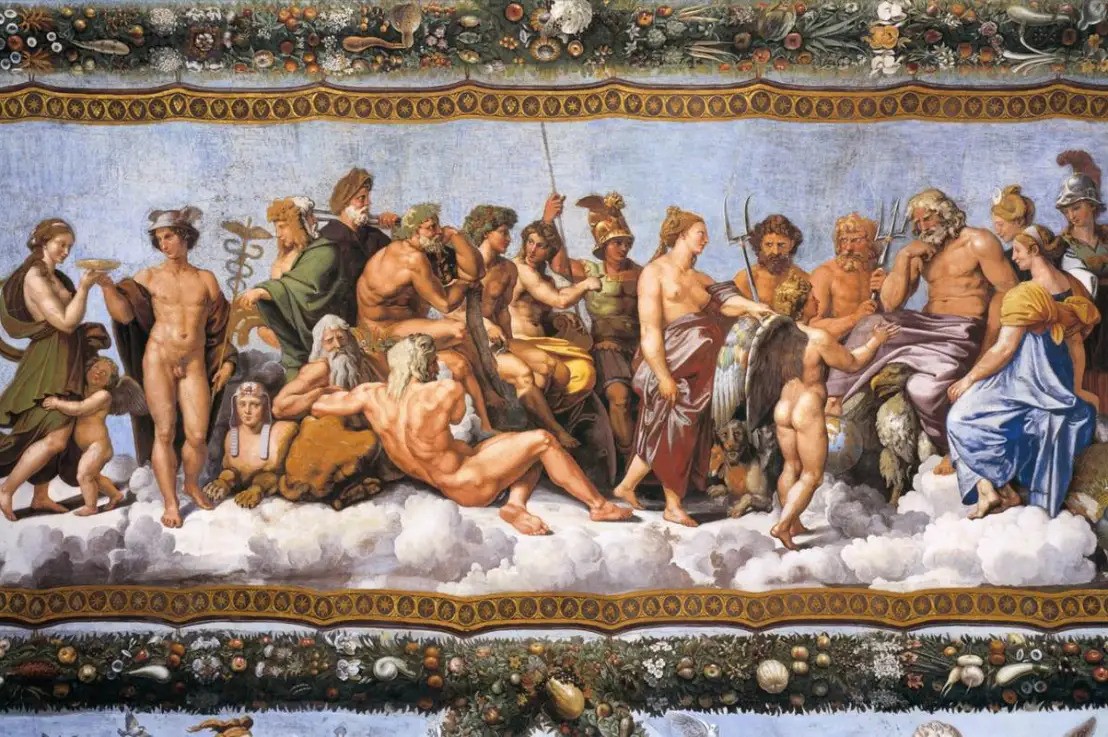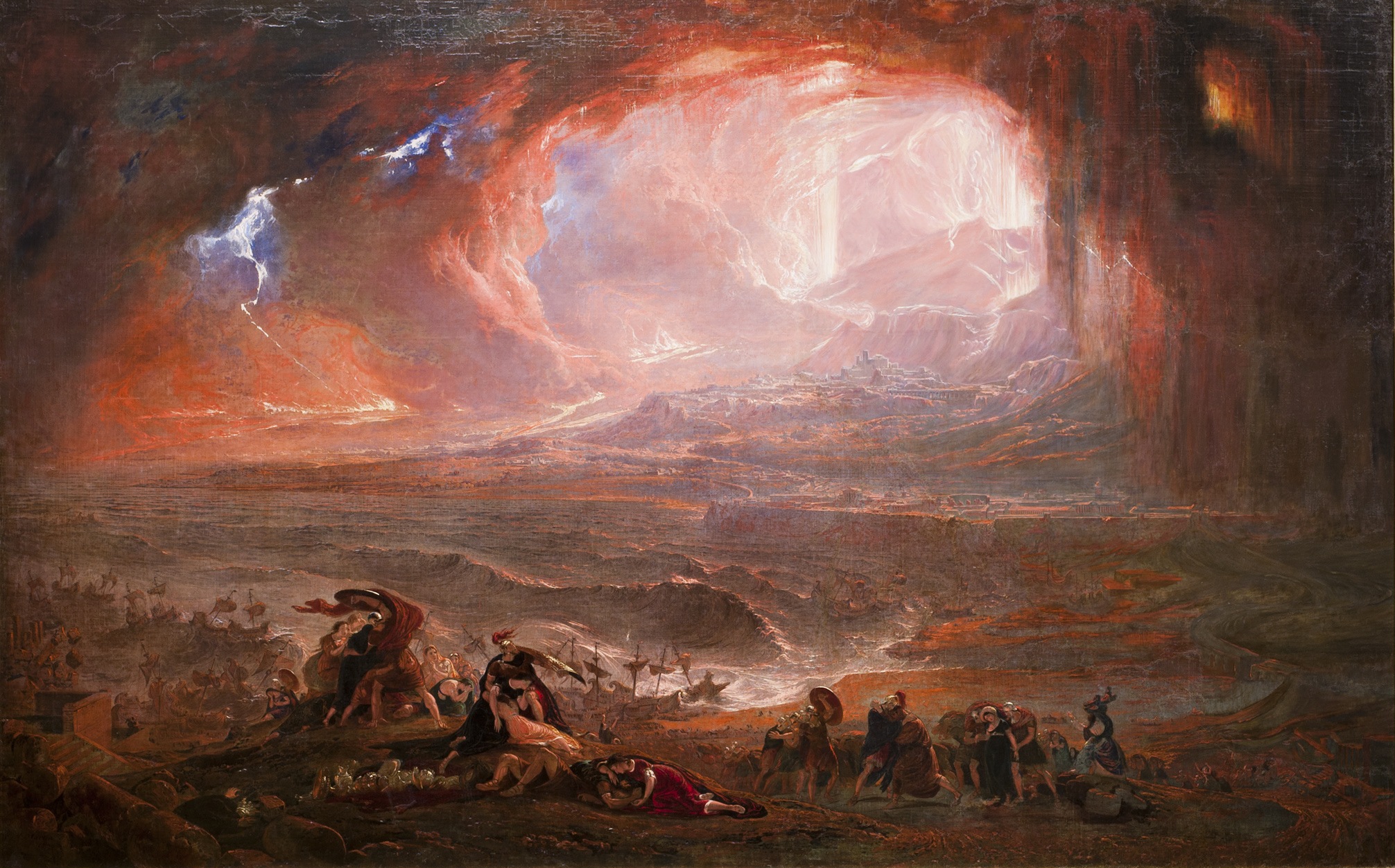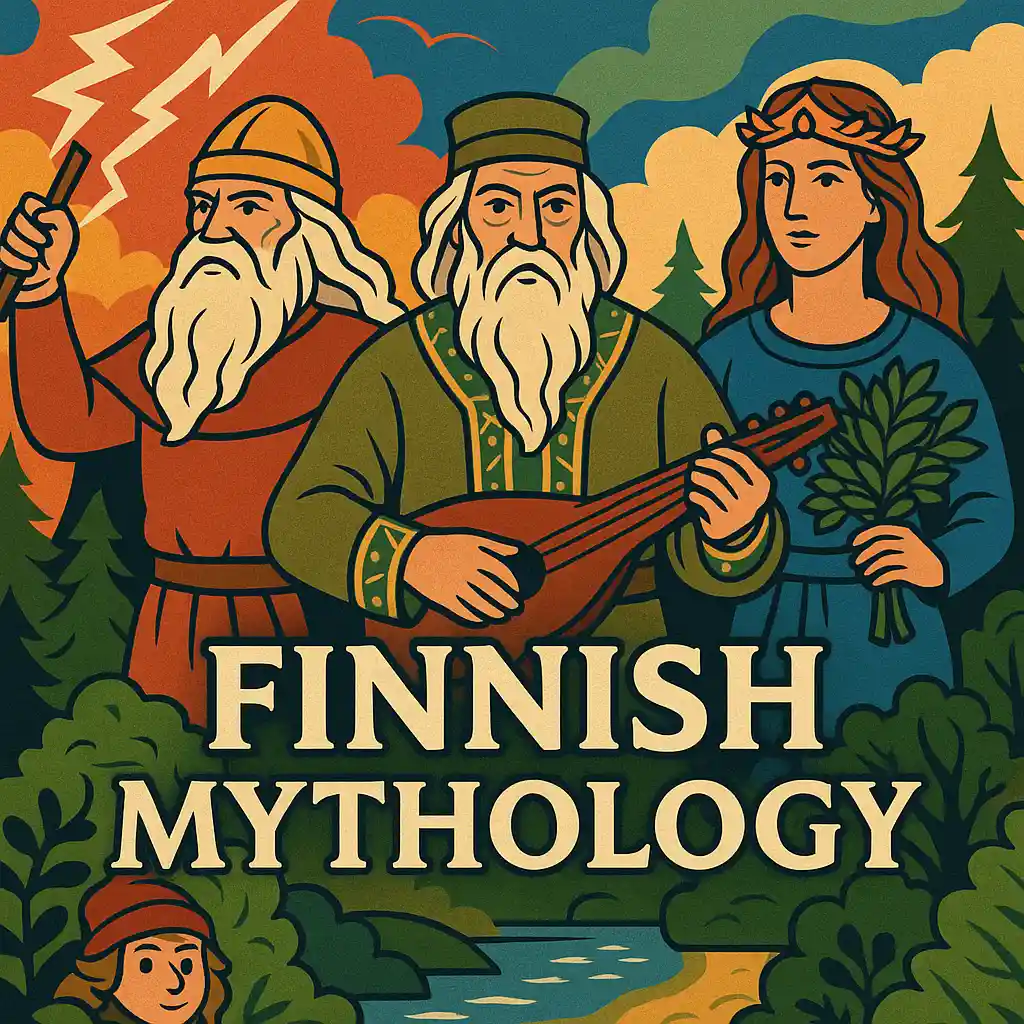
Greece is a land defined by its mountains—rugged, majestic, and storied. These peaks have shaped not only the country’s geography but also its language, religion, and identity. The history of Greek mountain names reveals a blend of mythology, linguistic evolution, and cultural memory that spans thousands of years.
From divine thrones to natural boundaries, the mountains of Greece have names rooted in legend and tradition. This article dives deep into their origins, offering insight into what these names meant and why they still matter today.
🏔️ Olympus: The Throne of the Gods
Perhaps the most famous of them all, Mount Olympus rises to nearly 3,000 meters and is known as the mythical seat of the Olympian gods. The word “Olympus” doesn’t have a clear root in classical Greek, leading some scholars to believe it predates the language itself. It may have originally meant something akin to “bright” or “heavenly,” pointing to its divine association.
Today, Olympus is not just a national park, but also a spiritual and cultural landmark. Learn more about its mythology from Culture Trip Greece.
🏞️ Parnassus: The Mountain of Arts
Located in central Greece, Mount Parnassus looms over the ancient site of Delphi. In mythology, it was sacred to Apollo and the nine Muses—the goddesses of literature, science, and the arts. The history of Greek mountain names often links landscapes with divine powers, and Parnassus is a prime example of this symbolic geography.
🌄 Taygetus: The Spartan Guardian
The Taygetus range watches over the Peloponnese like a silent sentinel. It was named after the nymph Taygete, one of the Pleiades in Greek mythology. This name carries echoes of the natural world’s connection to divine beings, reinforcing how people saw mountains as more than just terrain—they were living presences with stories.
🏔️ Smolikas: The Northern Peak with Mysterious Roots
Mount Smolikas, the second-highest in Greece, lies in the northwestern Pindus range. Its name likely doesn’t have Greek origins, and linguists speculate it may derive from Slavic terms, perhaps related to forest or tar extraction practices. This reflects a different side of the history of Greek mountain names—one shaped by migration and multicultural influences.
🌋 Saos (Fengari): Moonlit Legends of Samothrace
The tallest mountain in the Aegean islands, Saos is often called “Fengari,” which means “moon” in modern Greek. Local myths claim that ancient mariners used it to guide their ships by moonlight, and romantic folklore says wishes made at its peak under a full moon will come true.
This mystical connection has earned Fengari a unique place in Greek oral tradition and poetry. For those curious, the Hellenic Geographical Society offers more on its significance.
🧭 Linguistic Layers Behind Mountain Names
Many of Greece’s mountains bear names that predate the Greek language, stemming from Thracian, Illyrian, or Anatolian tongues. As Hellenic culture expanded, new meanings were layered over old terms, creating a rich linguistic tapestry.
This is especially apparent in mountains like Pangaion or Vermio, whose names might relate to colors, natural resources, or ancient deities. Understanding this helps us appreciate how the history of Greek mountain names is tied to millennia of cultural evolution.
🏛️ Mythology Meets Topography
In ancient times, Greeks believed that mountains were not just landforms—they were living beings. Deities like the Ourea were said to embody each mountain, further emphasizing their sacred status. Ancient texts even describe mountain gods who interacted with mortals or served as the backdrop for heroic quests.
This divine mapping is not unique to Greece, but in Greek tradition, it holds a particularly deep resonance that survives in storytelling, festivals, and regional customs.
❓ FAQ: History of Greek Mountain Names
Q1: Why do many Greek mountains have mythological names?
Because in ancient Greece, natural features like mountains were believed to be the homes of gods, nymphs, and titans. Their names reflect these sacred associations.
Q2: Are all Greek mountain names originally Greek?
No. Some names have pre-Greek or foreign origins, particularly in northern or border regions influenced by other cultures.
Q3: Can I visit these mythological mountains today?
Absolutely! Many, like Olympus and Parnassus, are national parks with hiking trails, historical sites, and visitor centers.
Q4: Where can I learn more about ancient Greek geography?
You can start with academic sources like the University of Athens or government institutions like the Hellenic Ministry of Culture.
Q5: How old are these mountain names?
Some go back over 3,000 years and may predate even the Greek language, showing the depth of Greece’s cultural layers.
The history of Greek mountain names isn’t just about language. It’s a window into ancient beliefs, regional identity, and the sacred landscape of a nation steeped in legend. Whether you’re a traveler, historian, or linguistics enthusiast, these names offer a path to understanding the Greek spirit—elevated, enduring, and full of stories yet to be told.




